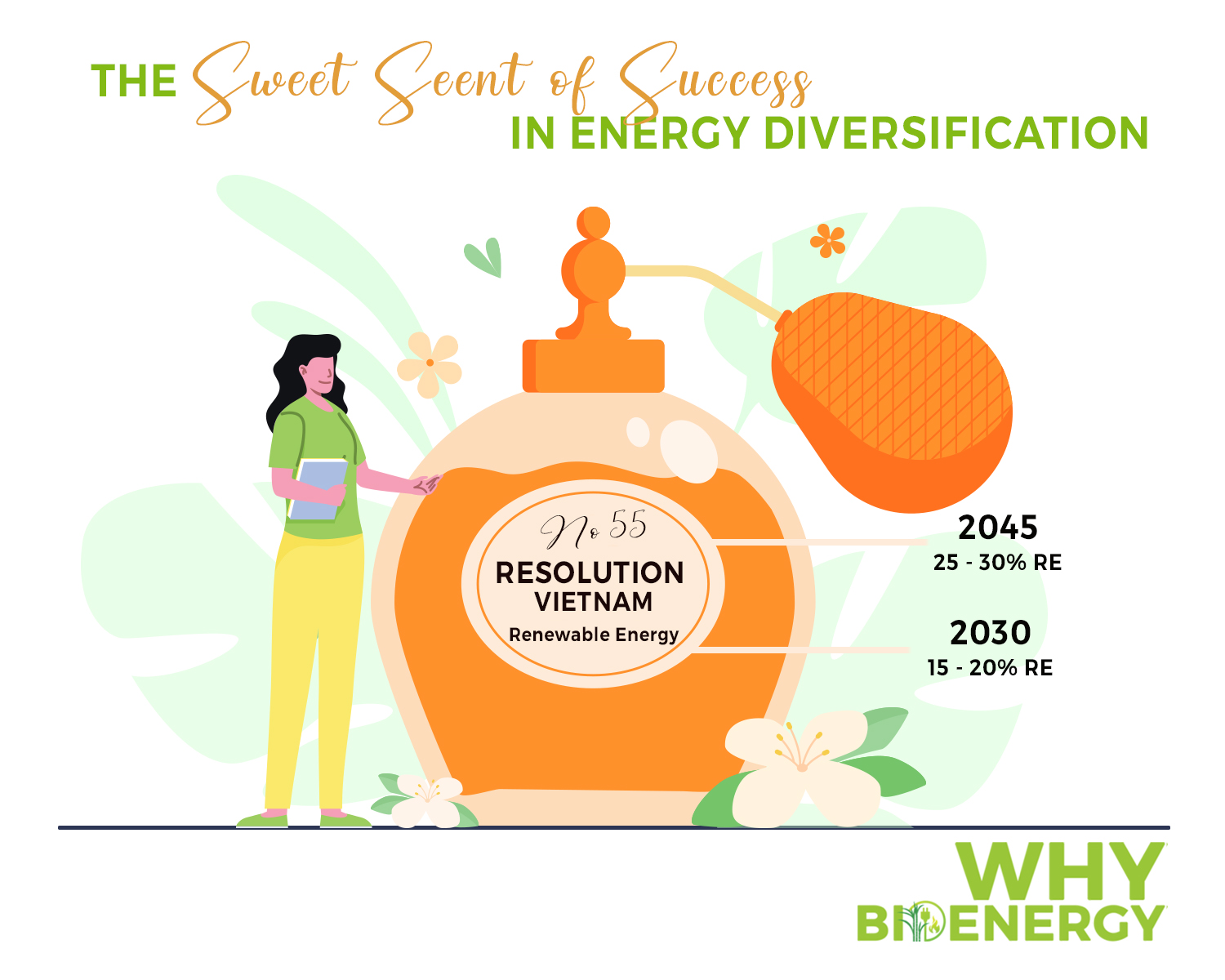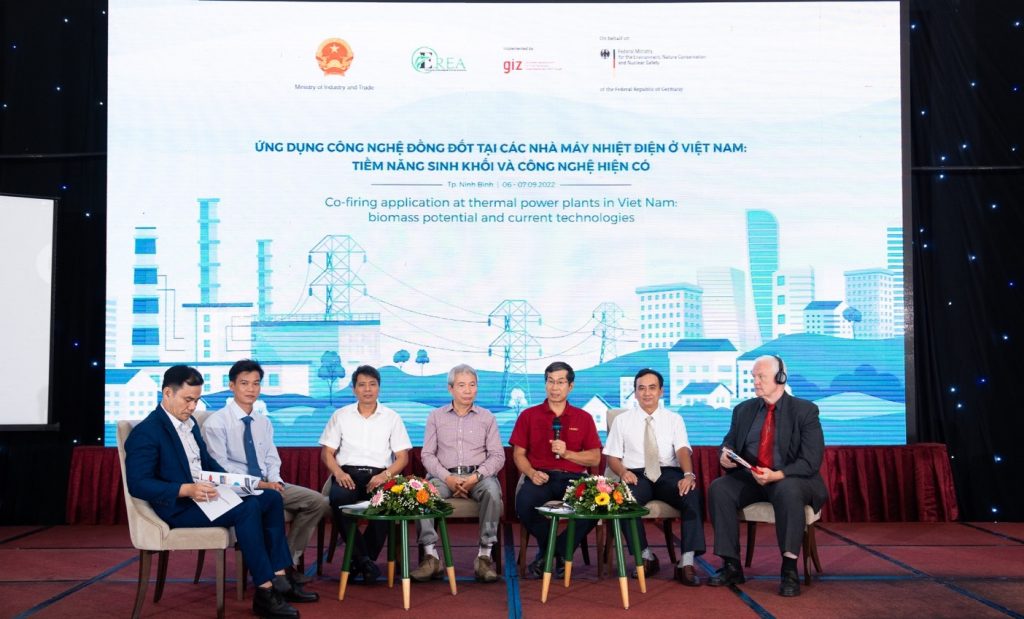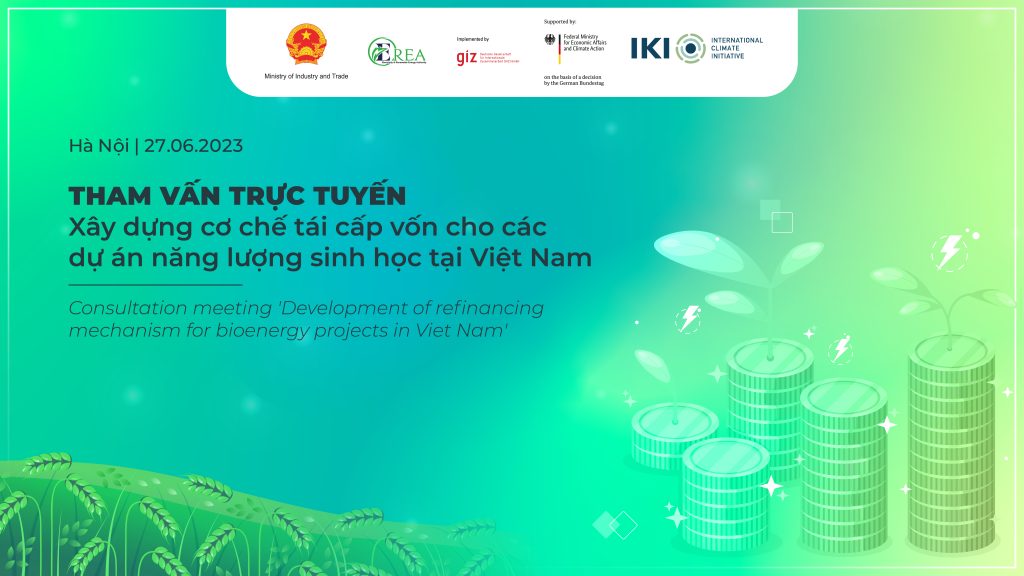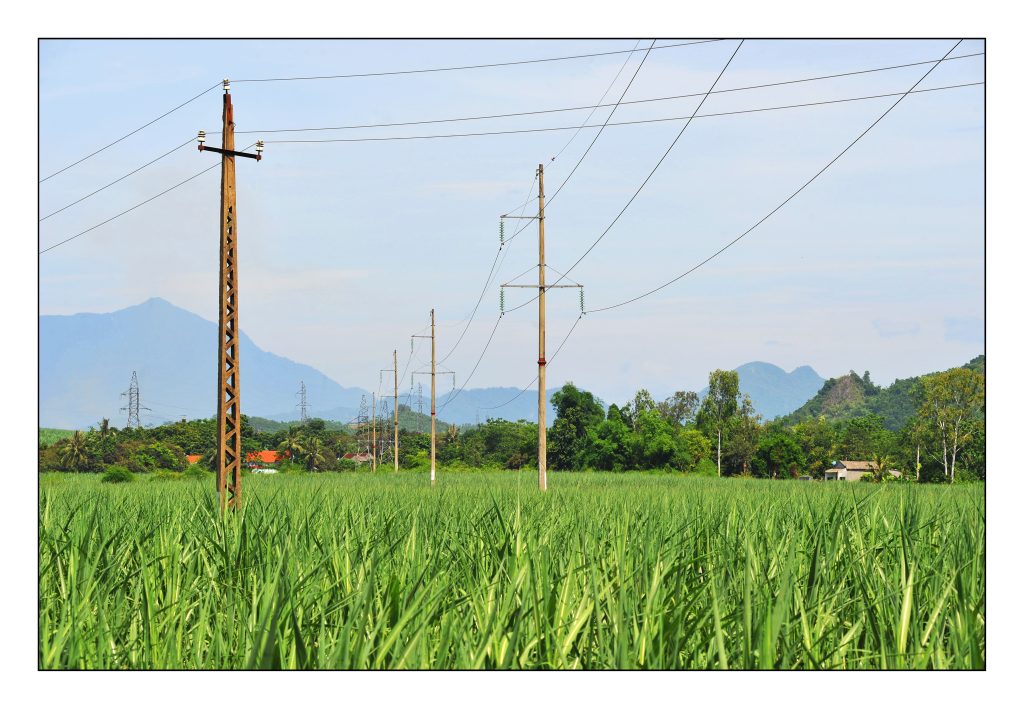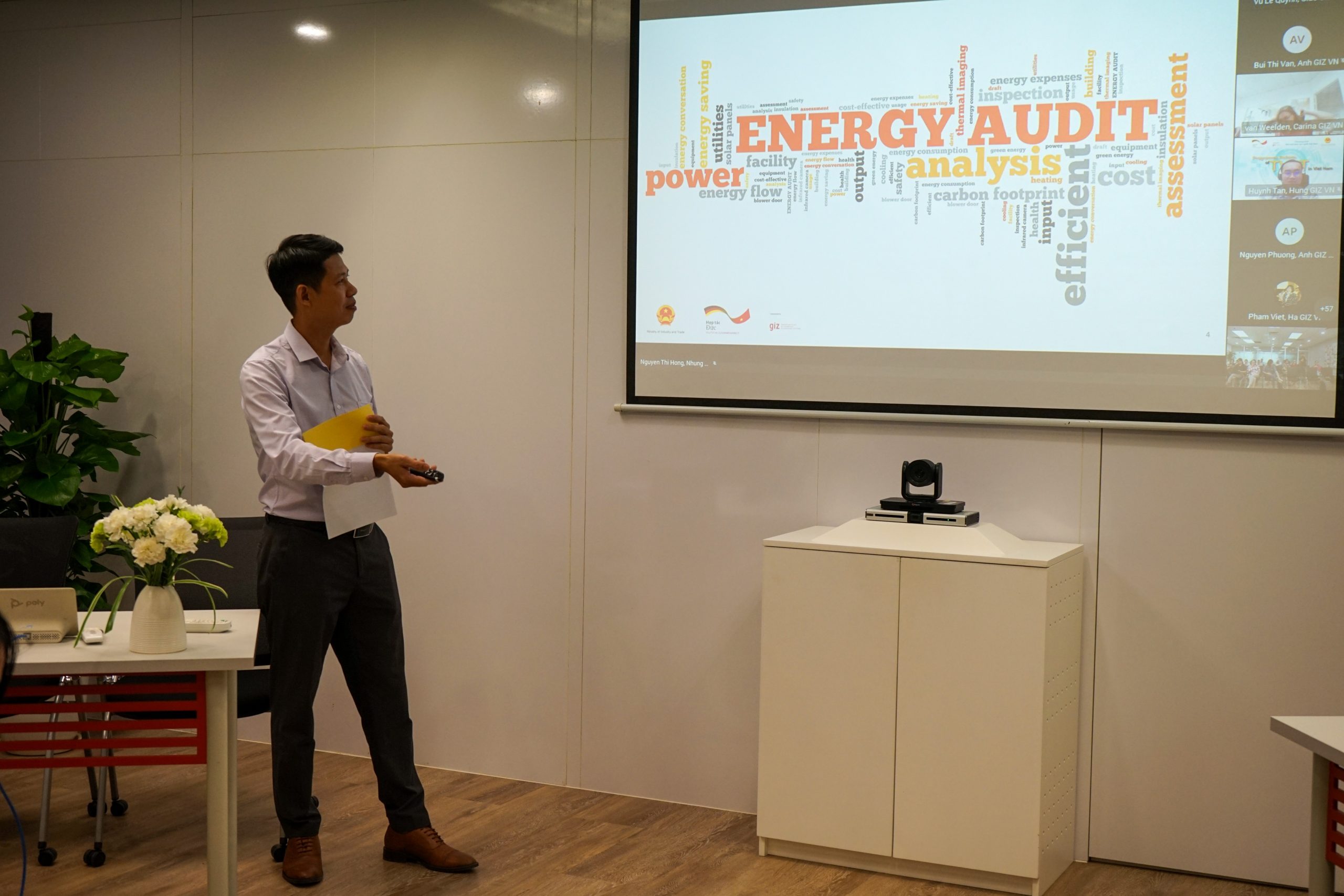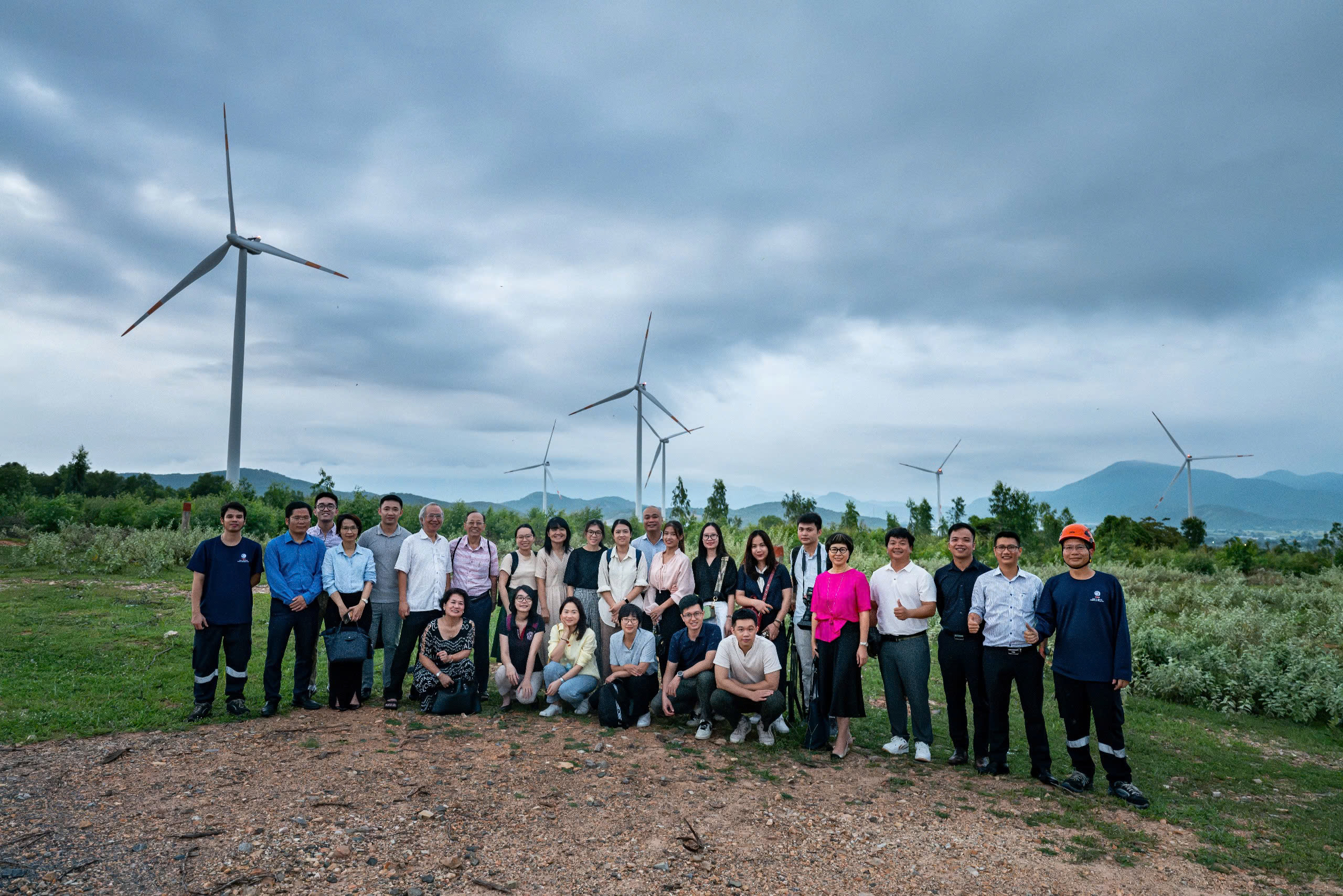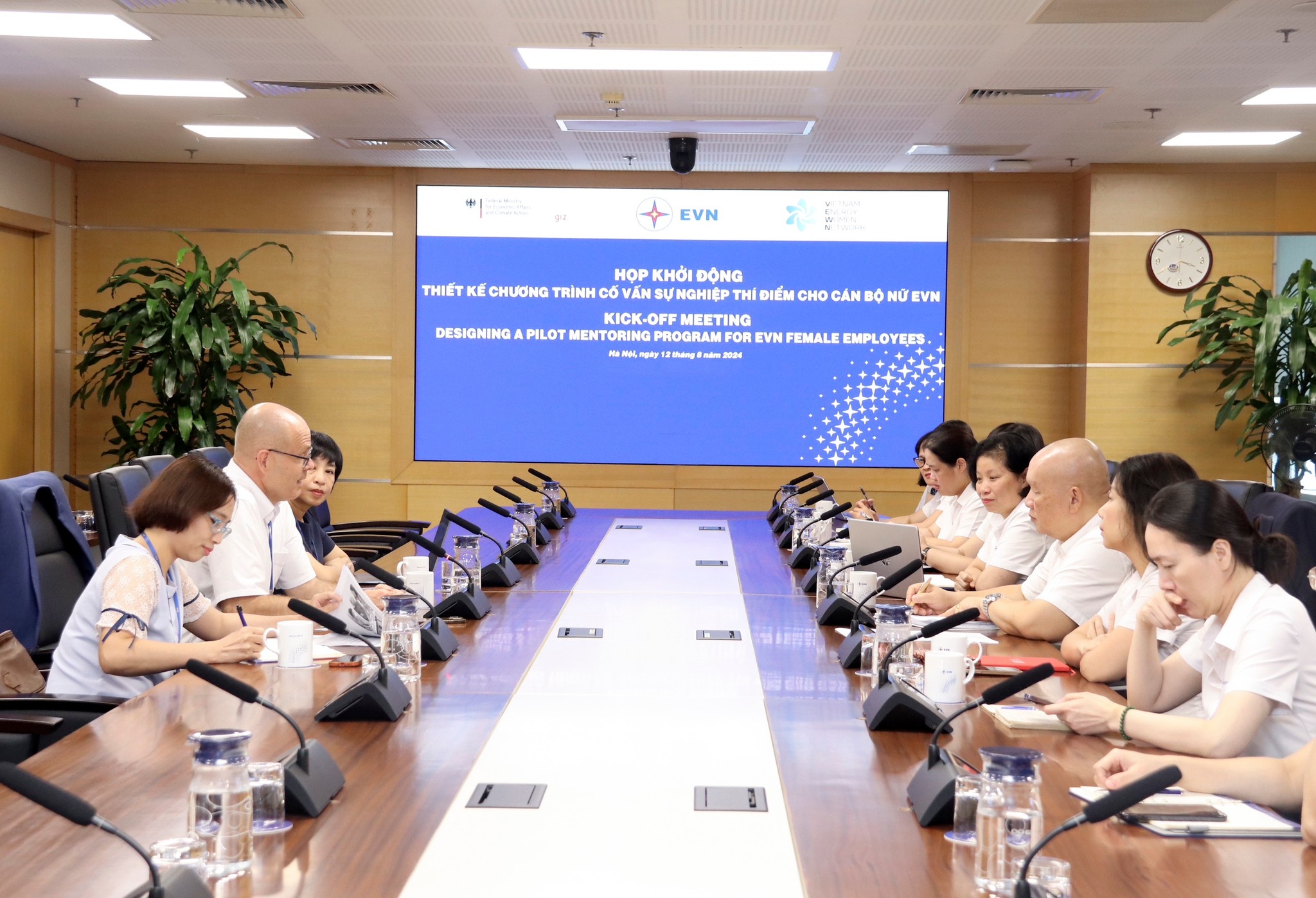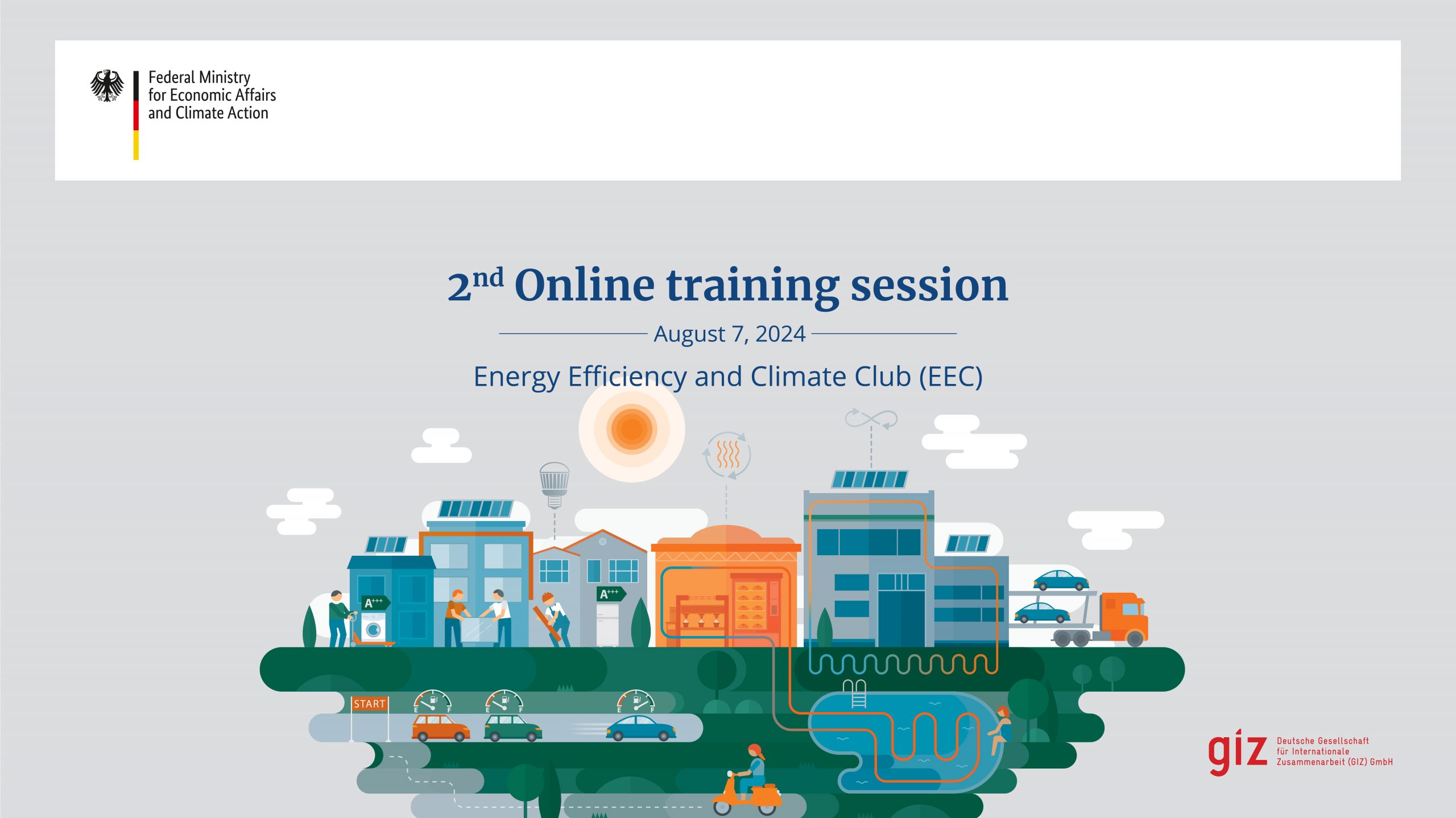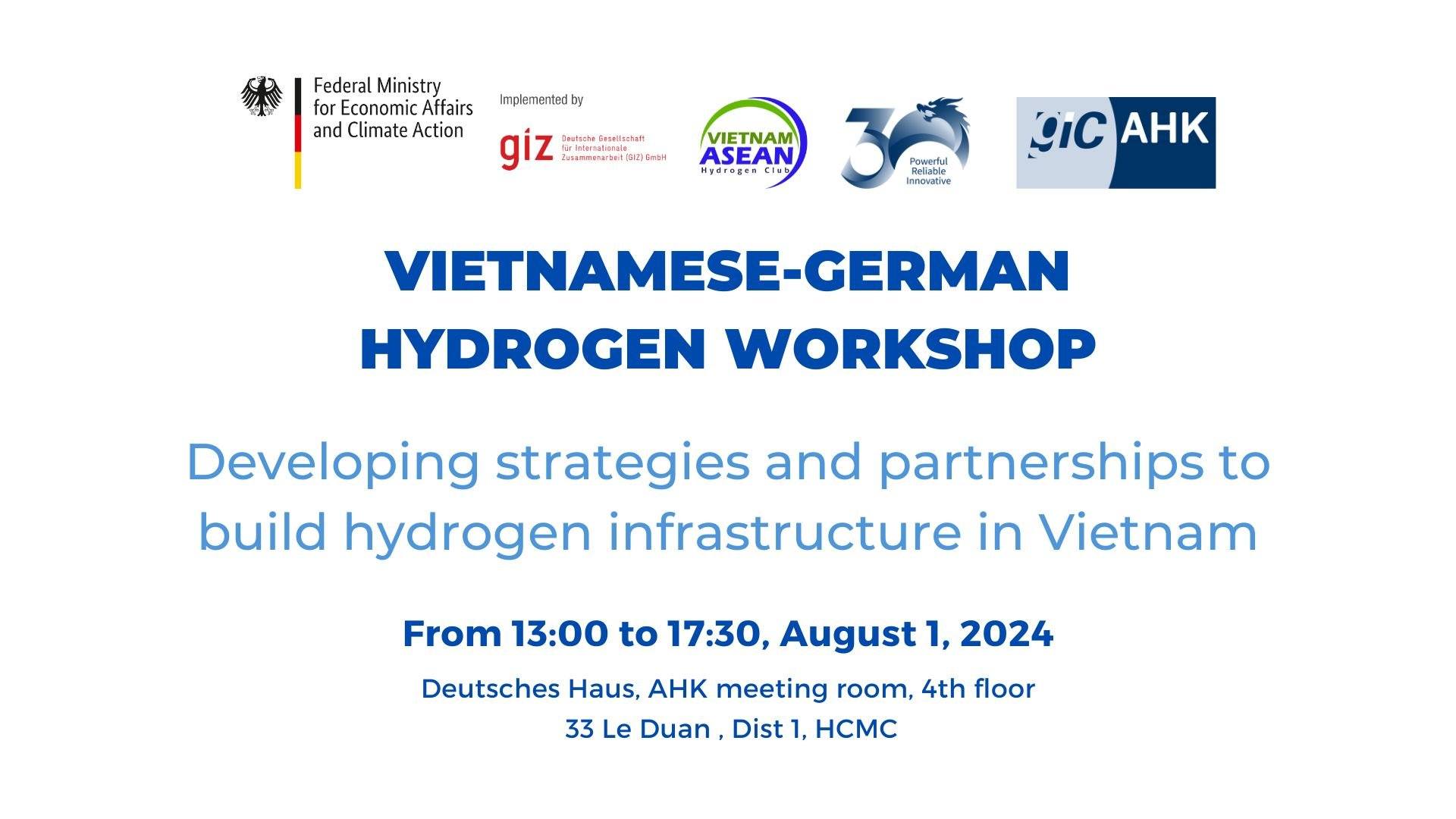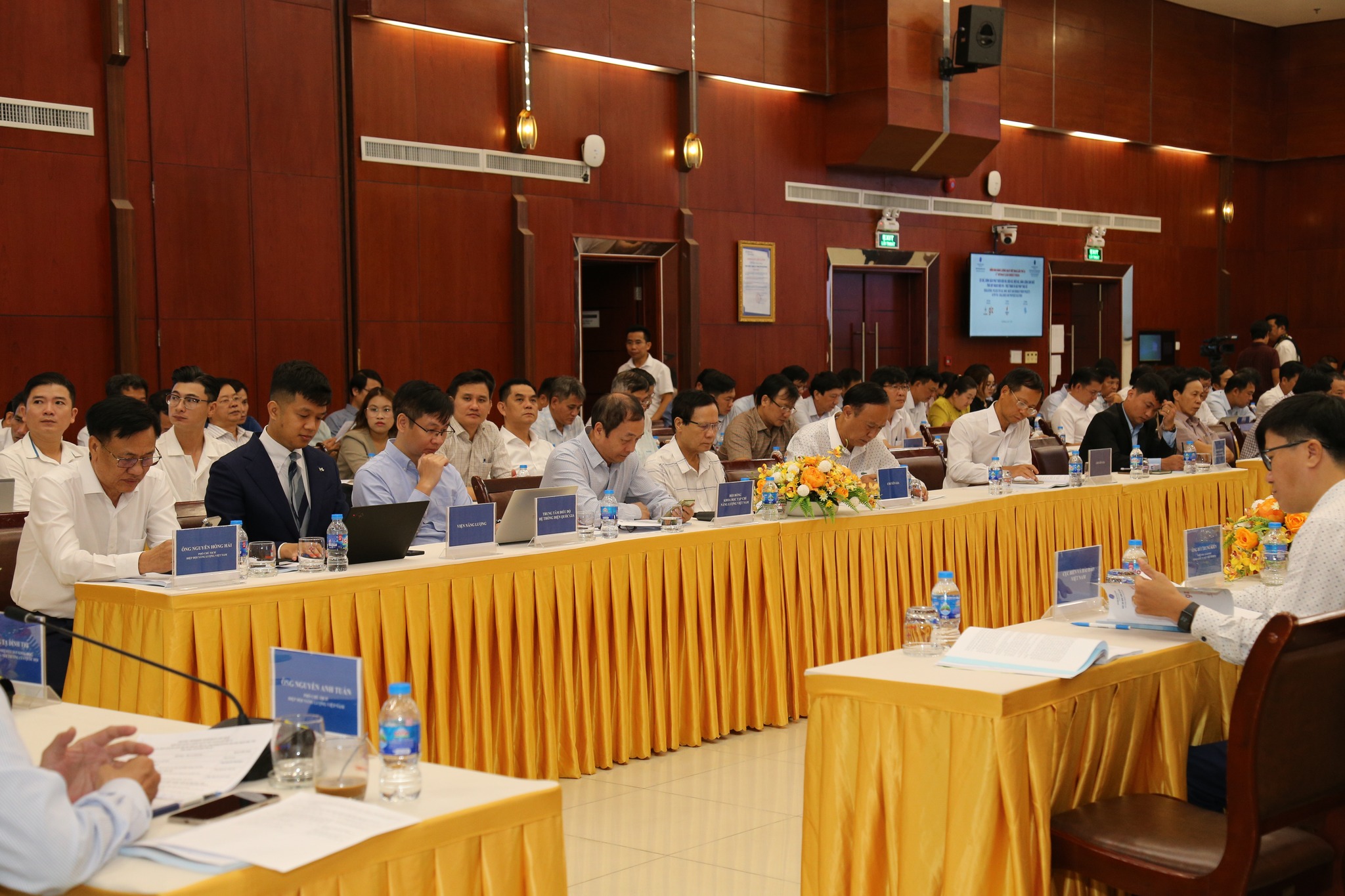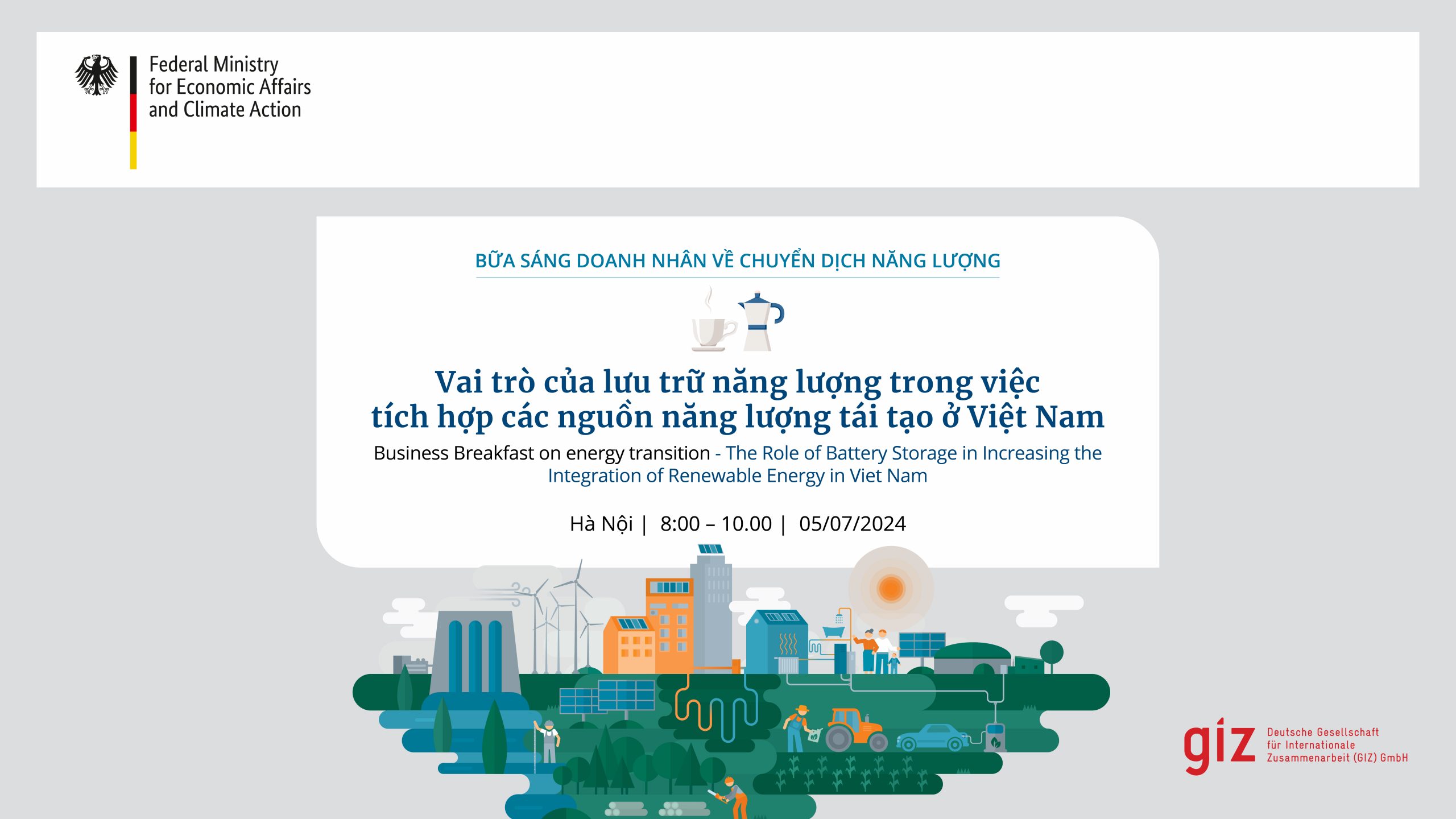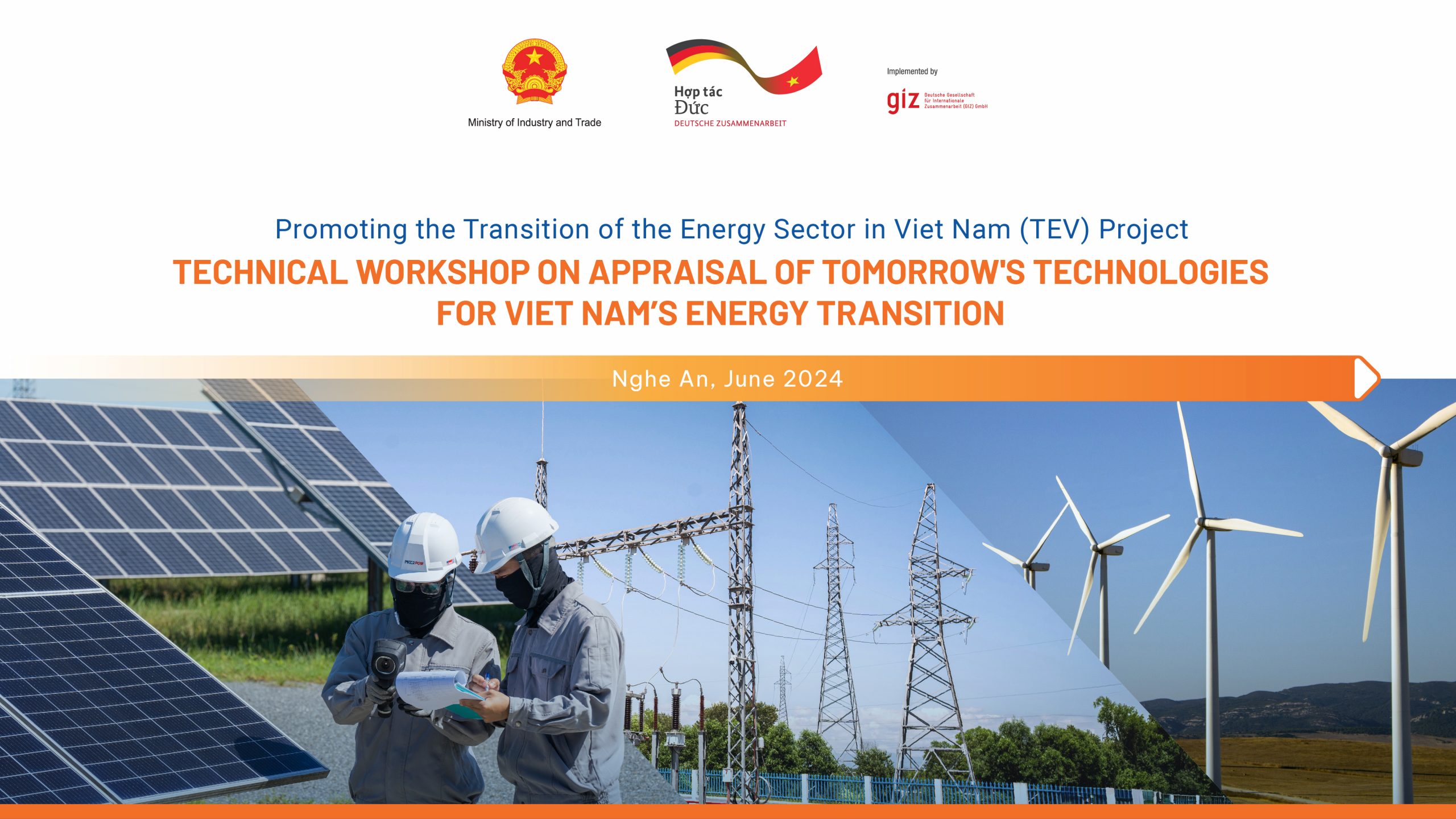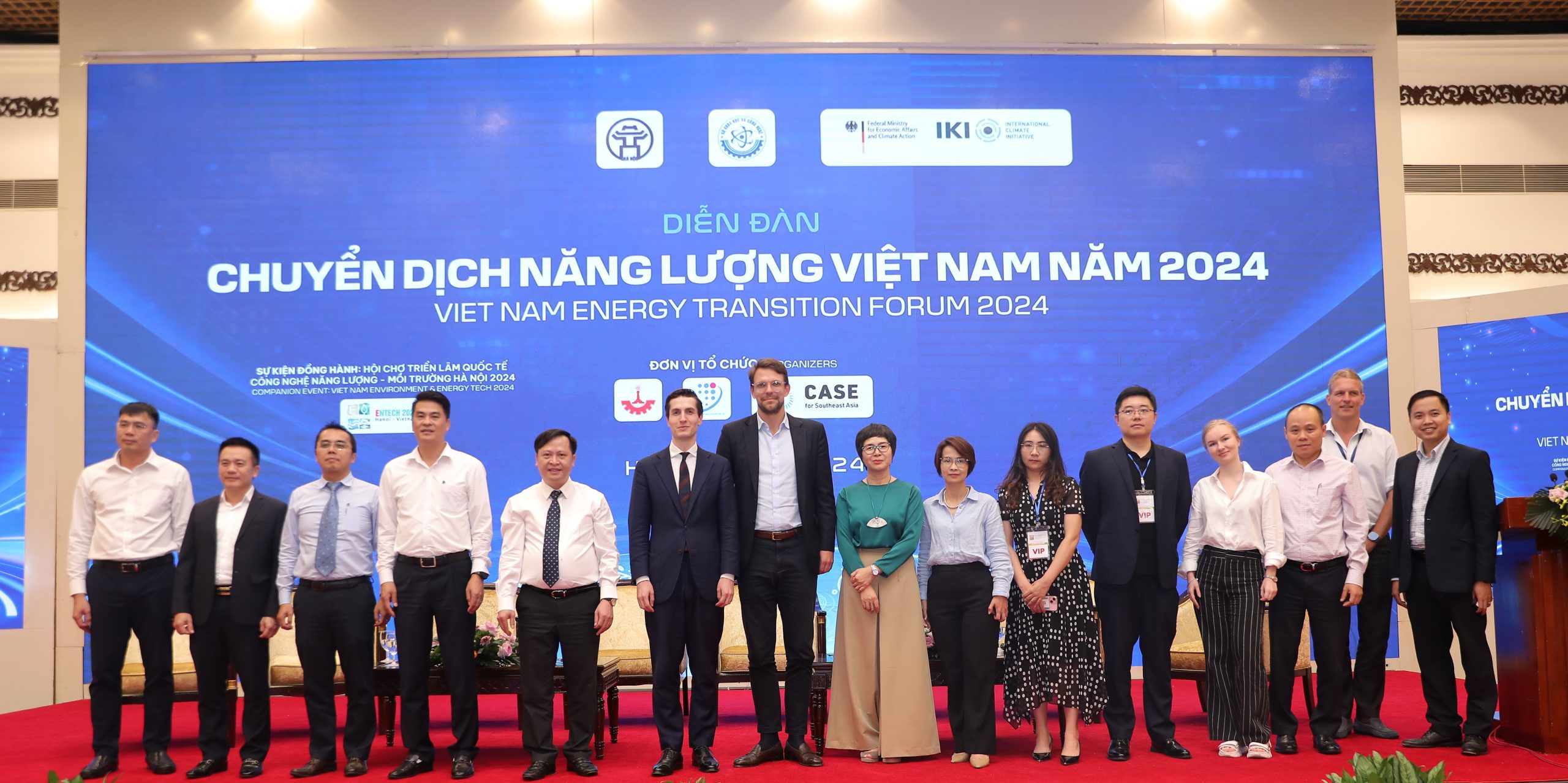As a developing country with an agricultural sector accounting for 14.68% of its GPD and 39.35% of total population of the total workforce in 2018, Viet Nam has a huge potential for bioenergy generation. If developed in a sustainable manner, bioenergy sources will not only help the country reduce its dependence on traditional thermal electricity sources, but it will also mitigate carbon emissions as well as environmental pollution, while simultaneously generating additional income for companies and communities.
In the beginning of 2016, the Government of Viet Nam announced its updated plan for electricity development and renewable energy exploitation and utilization to cope with all important issues mentioned above via the revised National Power Development Plan VII (in short ‘Revised PDP VII’). According to the revised PDP VII, the government developed and established biomass power development targets in Viet Nam for 2020 with an outlook to 2030. The targets for biomass power development are 1% and 2.1% of total electricity production by 2020 and 2030 respectively.
On 11 February 2020, the Politburo of Vietnam issued Resolution No. 55- NQ/TW on the orientation of the National Energy Development Strategy of Viet Nam to 2030, with a vision to 2045 (“Resolution No. 55”). This resolution targets about 15-20% the total primary energy supply generated from renewable energy sources by 2030 and 25-30% by 2045. A key instrument for achieving this goal is to promote investments in the development of power plants utilizing urban waste, solid waste and biomass in parallel with environmental protection and circular economy development.
Resolution No. 55 pays tribute to the fact that developing biomass power projects contributes to diversifying the power supply and greening power development



